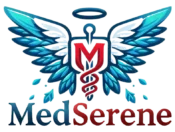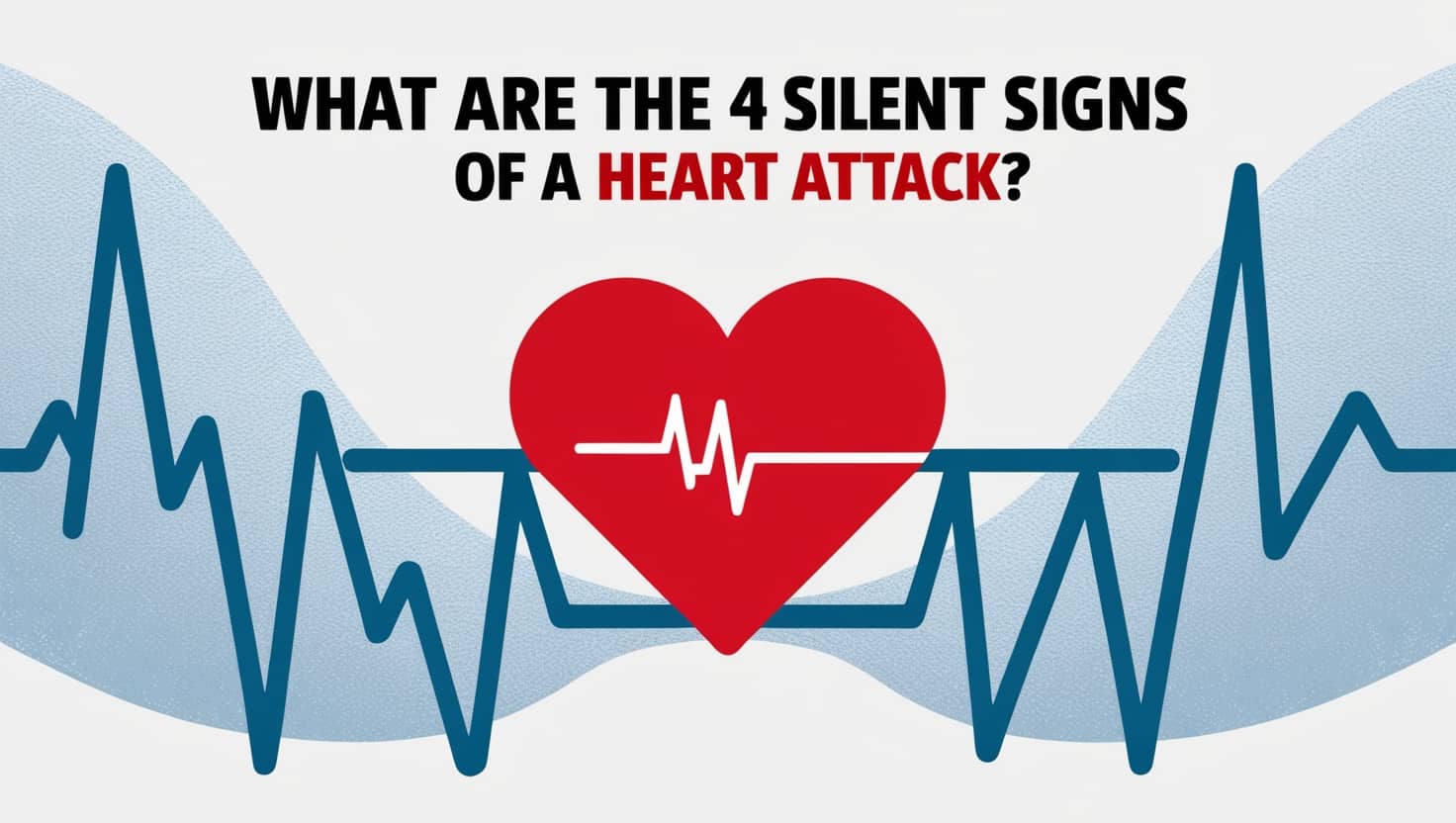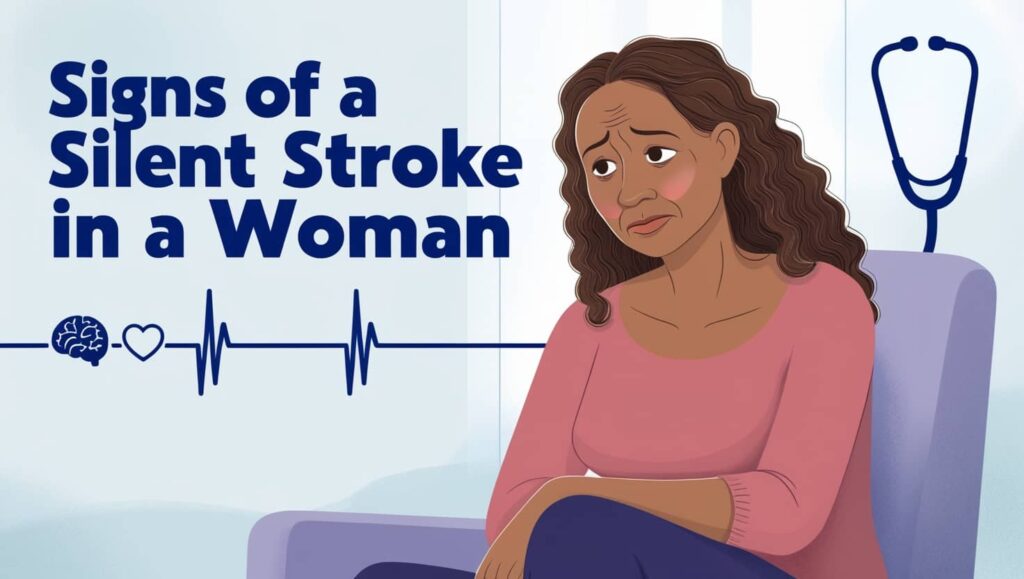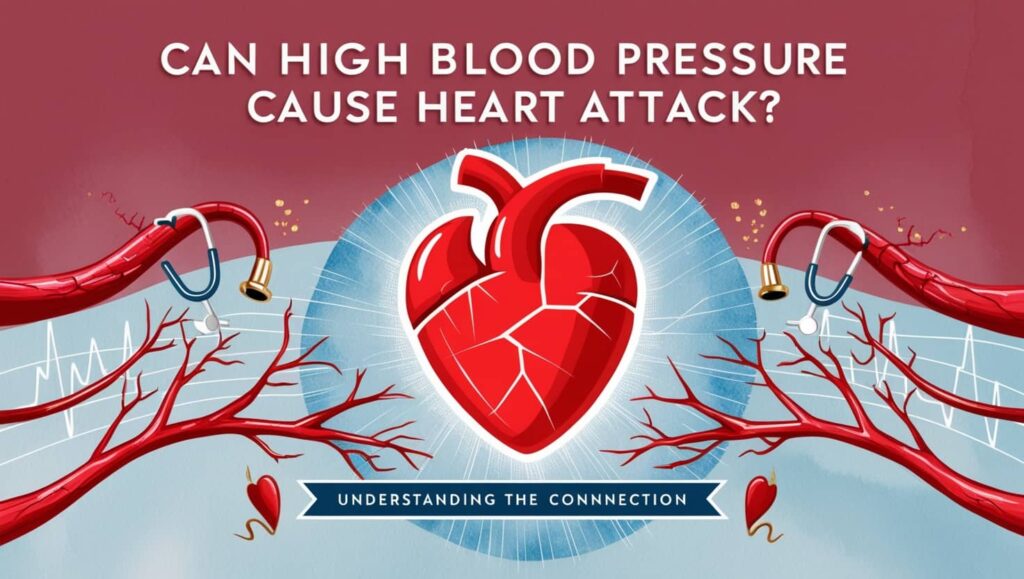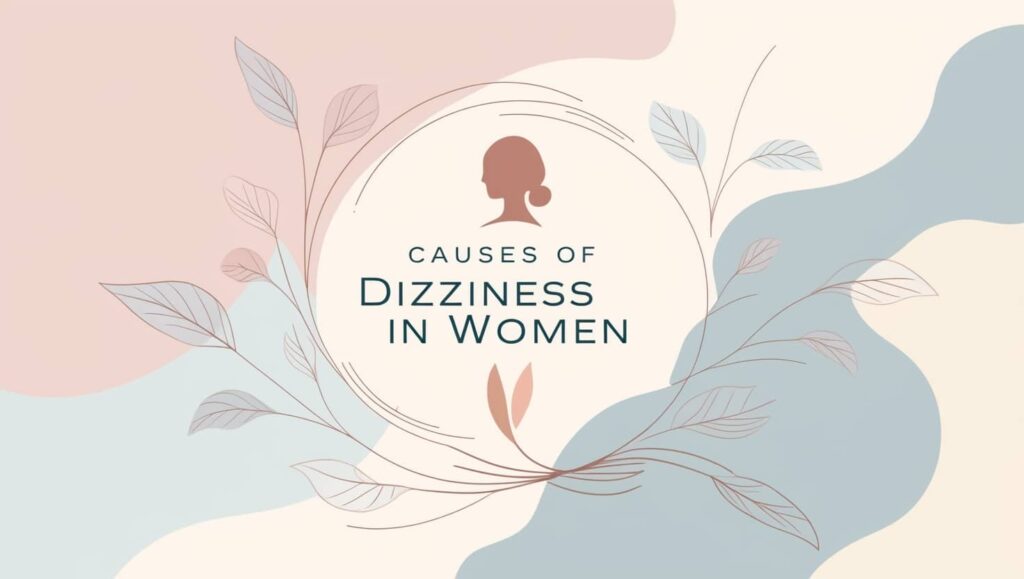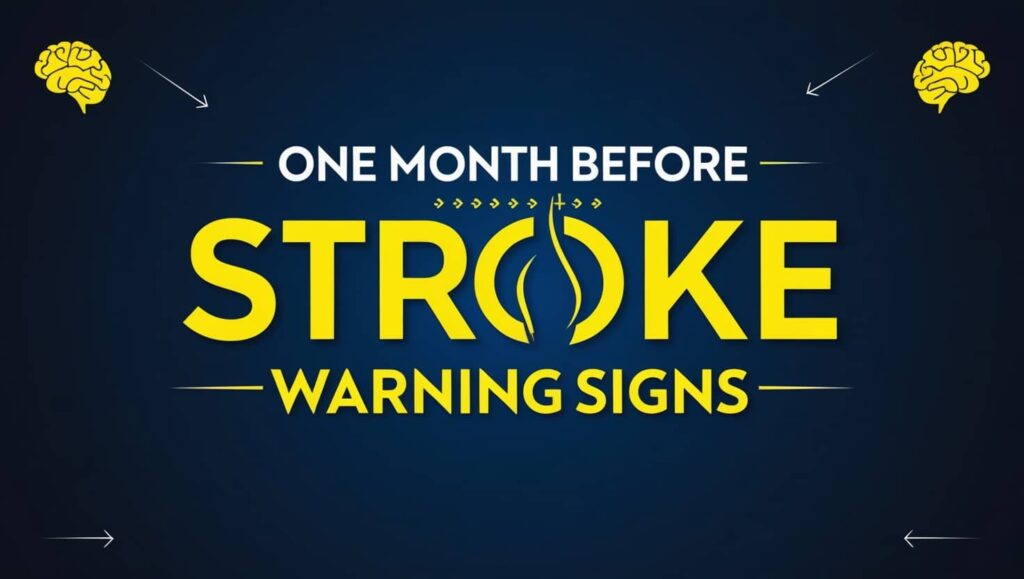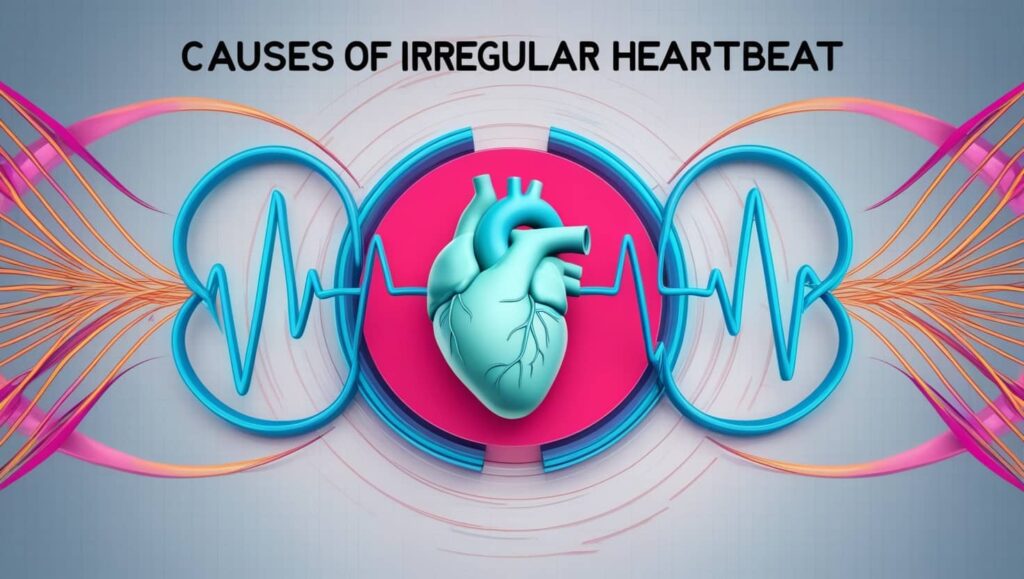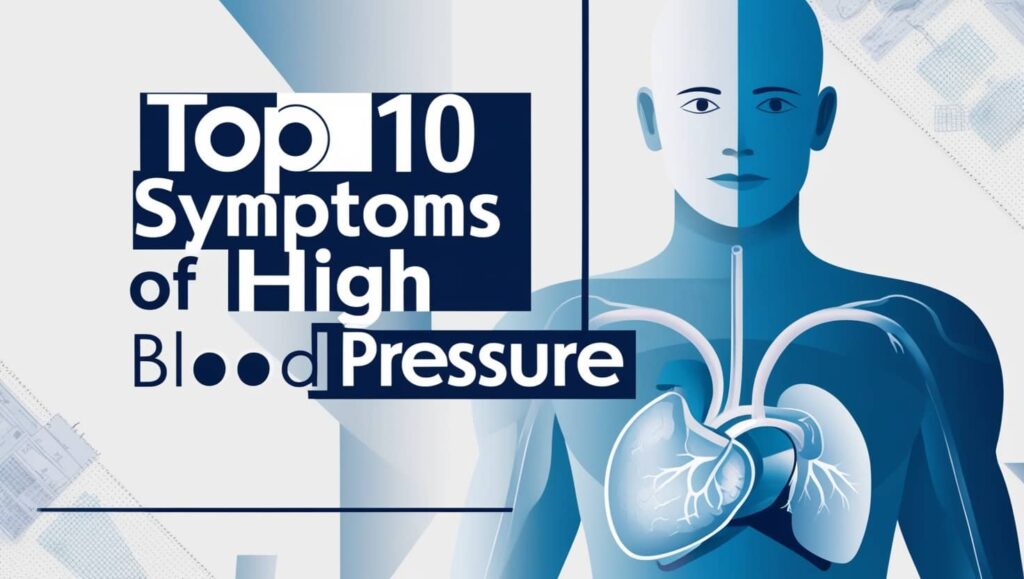Myocardial infarction (MI), also known as a “heart attack,” occurs when blood supply to a region of the myocardium decreases or stops completely. Myocardial infarction can be “silent” and go unnoticed, or it can be severe resulting in hemodynamic decline and rapid death. The majority of myocardial infarctions result from underlying coronary artery disease, which is the leading cause of death in the United States. In this article, we will discuss this issue in detail.
Pathophysiology
Acute myocardial infarction occurs when large epicardial coronary arteries are occluded for over 20-40 minutes, leading to a lack of oxygen in the myocardium. This results in sarcolemmal disruption, myofibril relaxation, and mitochondrial alterations. The necrosis spreads to the sub-epicardium, which has increased collateral circulation. Cardiac function is compromised, and the infarcted area heals through scar formation.
Risk Factors
A-Modifiable Risk Factors:
- Smoking
- Abnormal lipid profile/blood apolipoprotein
- Hypertension
- Diabetes mellitus
- Abdominal obesity
- Psychosocial factors like depression, loss of control, global stress, financial stress, and life events
- Lack of daily consumption of fruits or vegetables
- Lack of physical activity
- Alcohol consumption (weaker association, protective)
B-Non-modifiable Risk Factors:
- Advanced age, male gender, genetics.
- The role of genetic loci in increasing MI risk is under active investigation.
What is a “silent heart attack”?
Silent heart attacks, also known as undetected myocardial infarctions are more common, especially in some populations such as older persons with diabetes. Silent heart attacks seem to be far more common than those with apparent symptoms.
Silent Symptoms Linked to Heart Attacks:
Some signs of a silent heart attack are having trouble digesting food, feeling like you have a strained muscle in your chest or upper back, or being very tired for a long time.
Heart attack signs aren’t found until the patient is checked for another issue with an electrocardiogram (ECG) or imaging test like an ultrasound or cardiac magnetic resonance imaging (MRI).
Subtle Indicators of Heart Health Issues:
- Persistent chest pain: Persistent discomfort in the central chest region, causing pressure, constriction, or fullness.
- Upper torso discomfort: Symptoms may include arm, back, neck, jaw, or abdomen discomfort.
- Dyspnea: Coexisting or preceding chest discomfort.
- Additional indicators: Cold sweats, nausea, dizziness, and a sense of imminent danger.
Actions to Take for Silent Heart Attack Symptoms
- Patients exhibiting the warning symptoms of a heart attack sometimes underestimate the severity of the problem and adopt a wait-and-see attitude. Do not delay more than five minutes to contact emergency services.
- Emergency personnel can initiate treatment promptly, even before you arrive at the hospital.
- During a heart attack, cardiac arrest may occur. Emergency personnel have the expertise and tools required to restore its function.
- If you have signs of a heart attack and are unable to reach out for emergency assistance, promptly request someone to transport you to the hospital.
- Refrain from driving yourself unless it is the only possible option available.
Summary
Heart attack requires a multidisciplinary team, including hospital cardiology, for rapid treatment and prevention. This approach, involving lifestyle changes, medication compliance, and lifestyle changes, can reduce morbidity and mortality.
Read Also: Chest Pain but the Doctor Says the Heart Is Fine
References
- Ojha, N., & Dhamoon, A. S. (2023). Myocardial infarction. In StatPearls. StatPearls Publishing.
- Ornato, J. P., & Hand, M. M. (2001). Warning signs of a heart attack. Circulation, 104(11).

